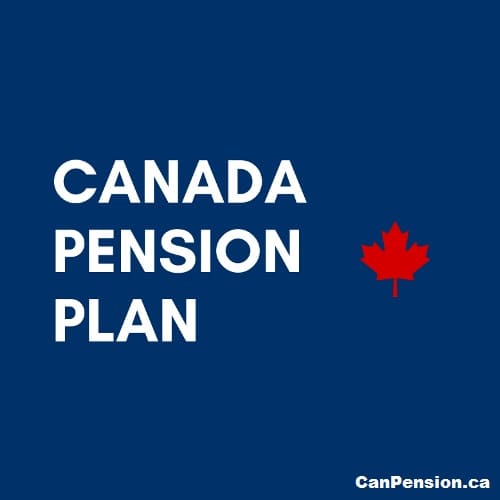The Canada Pension Plan for Handymen: Your Guide to Retirement Savings
Hey there fellow handymen! As skilled tradespeople, we spend our days fixing, building, and repairing all sorts of things for homeowners and…
| How much tax How much tax on lottery winnings in Canada? lottoplay.net |
